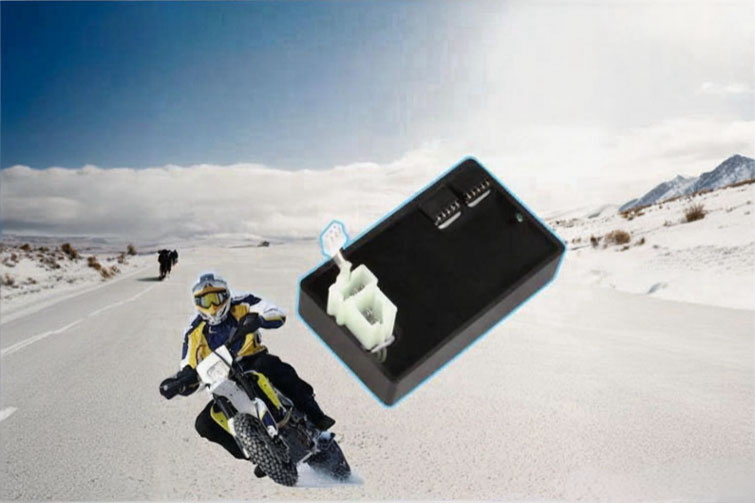What is the reason why the voltage regulator is not working
A voltage regulator is an essential electronic component designed to maintain a stable output voltage regardless of changes in input voltage or load conditions. It ensures that sensitive circuits and devices receive a consistent power supply, protecting them from damage caused by voltage fluctuations. When a voltage regulator stops working properly, the entire system can become unstable or even fail. Understanding the reasons behind its malfunction and how to fix them is crucial for ensuring safe and reliable electrical operation.
Function of a Voltage Regulator
A voltage regulator’s primary job is to stabilize voltage within a defined range. It is widely used in automobiles, power supplies, communication devices, and industrial equipment. Depending on the design, regulators can be linear or switching types.
- Linear regulators (such as the LM7805) maintain voltage by dissipating excess energy as heat.
- Switching regulators (like buck or boost converters) use transistors and inductors to efficiently convert and stabilize voltage.
When a regulator fails, symptoms may include unstable voltage output, overheating, equipment shutdown, or complete power failure.
Common Causes of Voltage Regulator Failure
- Overvoltage or Power Surges Sudden voltage spikes from the power source or generator can exceed the regulator’s rated capacity, damaging internal components like transistors, diodes, or integrated circuits. This is one of the most common reasons for regulator burnout, especially in automotive and industrial systems.
- Overheating Voltage regulators generate heat during operation. Inadequate heat dissipation—caused by poor ventilation, insufficient heat sinks, or excessive load—can lead to thermal stress and component failure. Once the internal junction temperature exceeds safe limits, the regulator may shut down or permanently degrade.
- Overload or Short Circuit Connecting a load that draws more current than the regulator’s rated output can cause internal components to overheat or fail. Similarly, a short circuit in the output line can instantly destroy the regulator if there is no protection circuit such as a fuse or current limiter.
- Poor Grounding or Loose Connections Electrical systems rely on a proper ground to complete the circuit. A loose or corroded ground connection can cause erratic voltage readings or total failure of the regulator. In automotive systems, vibration and corrosion often lead to this issue.
- Defective Capacitors Both input and output capacitors are vital for stabilizing voltage and filtering noise. A damaged or dried-out capacitor can cause unstable output, voltage ripple, or even oscillation. In switching regulators, faulty capacitors may prevent proper startup or control feedback.
- Faulty Diodes or Rectifiers In systems where AC voltage is rectified before regulation, a failed diode can feed incorrect voltage levels into the regulator. This not only affects performance but may also permanently damage the regulator circuit.
- Aging and Wear Over time, heat cycles and continuous use degrade semiconductor materials and solder joints. Aging regulators may lose efficiency, provide inconsistent voltage, or fail entirely. This is common in old automotive alternators and electronic devices.
Troubleshooting and Repair Methods
- Check Input and Output Voltages Use a digital multimeter to measure the input and output of the regulator. If the input voltage is normal but the output is zero or unstable, the regulator itself may be damaged. If both are unstable, the problem may lie upstream, such as in the power source or rectifier.
- Inspect for Physical Damage Look for burnt marks, bulging capacitors, or melted components. These signs often indicate overheating or overcurrent damage. Replacing burnt components and ensuring proper heat dissipation can restore normal operation.
- Test for Short Circuits Measure resistance between the regulator’s input, output, and ground pins. A short between these terminals usually means the regulator’s internal transistor has failed, requiring replacement.
- Verify Ground and Connection Integrity Clean all terminals, check for corrosion, and ensure secure connections. In automotive systems, make sure the ground strap between the alternator and chassis is intact.
- Replace Faulty Capacitors or Diodes If the output voltage fluctuates or contains excessive noise, replacing the input and output capacitors often solves the problem. Also test the rectifier diodes to ensure they allow current flow in only one direction.
- Ensure Proper Cooling Add or upgrade heat sinks if overheating is a recurring problem. In high-power systems, installing a cooling fan or improving airflow can significantly extend the regulator’s lifespan.
Conclusion
A voltage regulator that fails to function properly can cause serious damage to connected equipment or lead to unstable system performance. The most common causes include overheating, overvoltage, overloading, and poor grounding. By performing systematic checks—such as verifying input/output voltage, testing components, and ensuring adequate cooling—technicians can diagnose and repair most regulator issues effectively. Regular maintenance, including keeping connections clean and monitoring temperature, can prevent future failures and ensure stable, reliable voltage regulation for years of operation.




